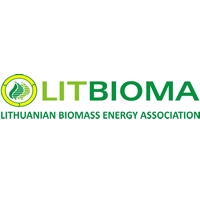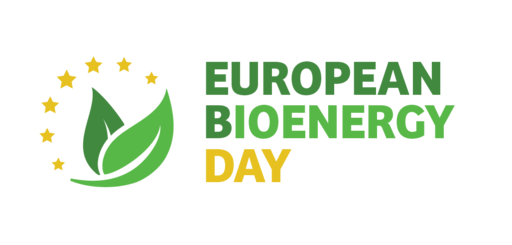Lithuania: 1 October 2024
How biomass changed the lives of Vilnius residents: safer, cheaper, cleaners
Vilnius CHP, which generates heat and electricity using biomass and waste, besides being called one of the most modern facilities in Europe, also heavily contributes to the national energy independence. The CEO of the plant, Mantas Burokas, reminisces that in 2004, when Lithuania became a Member State of the European Union (EU), for district heating the country mainly used the natural gas that was imported from Russia at the highest price in the EU.
Since then, the situation in Lithuania has changed for the better.
A story brought to you by:

Vilnius CHP Plant: a Game Changer
The plant helps ensure both national energy security by moving away from imported natural gas and a more sustainable supply of district heating in the capital. It produces around 50% of Vilnius district heating demand, solves supply-related and environmental issues, and may also help tackle other issues.
Ensuring energy independence
Vilnius CHP, which generates heat and electricity using biomass and waste, besides being called one of the most modern facilities in Europe, also heavily contributes to the national energy independence. The CEO of the plant, Mantas Burokas, reminisces that in 2004, when Lithuania became a Member State of the European Union (EU), for district heating the country mainly used the natural gas that was imported from Russia at the highest price in the EU.
Since then, the situation in Lithuania has changed. Previously the biomass share in the heating sector comprised only a couple of percentage points, now it rose to 75%, and gas consumption has decreased from 60% to just 10%. It is estimated that biomass is used to heat 4 out of 5 residential buildings and covers a third of the heat demand of industrial companies. Since the start of operations of Vilnius CHP in 2021, it generates up to 1,300,000 MWh of heat energy during the heating season, which usually takes place in October–April. This amount covers up to 50% of the annual district heating demand of the capital.
“The plant is the reason why 90% of the heat is supplied to the capital using sustainable fuel, biomass, and it is also behind the decrease in heating prices. It also helps reduce waste going to landfills. The success story of Vilnius CHP showcases the importance of biomass and waste in ensuring the wellbeing of residents, pursuing national green goals and energy independence,” says Mantas Burokas.
Lower carbon emissions
M. Burokas notes that Vilnius CHP uses only sustainable fuel. It includes non-hazardous municipal waste left after sorting, which are not suitable for recycling, and low-grade biomass: tree bark, sawmill waste, logging and other forestry waste. The biomass demand of the plant is met by utilising local resources and it complies with the EU Renewable Energy Directive (RED II).
Overall, Lithuania has huge biomass resources. It is produced while maintaining and managing forests, which take up a third of the country’s territory, for the purposes of increasing biodiversity and preventing diseases, pests and fires in the forests.
One interesting fact is that the transition from natural gas to biomass for producing heat, as well as other initiatives, contributed to the 70% reduction of carbon emissions of the process and are continuing to contribute to the decarbonisation processes nation-wide. This is backed up by the continuous monitoring of emissions.
“Environmental requirements for biomass use are very strict and important. Vilnius CHP has the flue gas treatment systems that meet the highest requirements, such as sleeve filters to trap particulates and acidic components. The flue gas treatment systems also use activated carbon and lime in ensuring that the chemical compounds in the flue gas are safely removed after combustion,” says M. Burokas when talking about innovations.
About Vilnius CHP
The plant incinerates 160,000–200,000 tonnes per year of non-hazardous municipal waste left over after sorting, which is not suitable for recycling. The 80 MW waste-to-energy unit comprises 60 MW heat and 20 MW electricity capacity.
The plant also incinerates up to 500,000 tonnes of biomass. Its two biomass units’ total capacity is 243 MW: 73 MW electricity and 170 MW heat capacity.
About the campaign
The European Bioenergy Day campaign is powered by Bioenergy Europe and relayed across Europe by both national and international partners supporting the view that bioenergy is more than a renewable energy source, it is also a reliable path that will lead Europe to achieve its renewable energy transition.
European Bioenergy Day on Social Media
